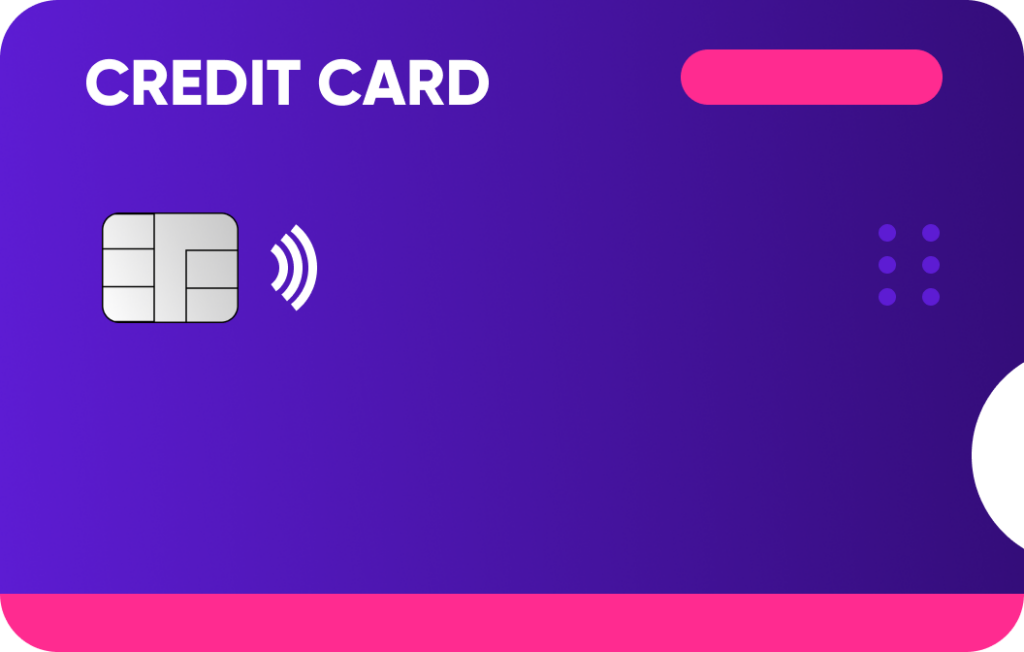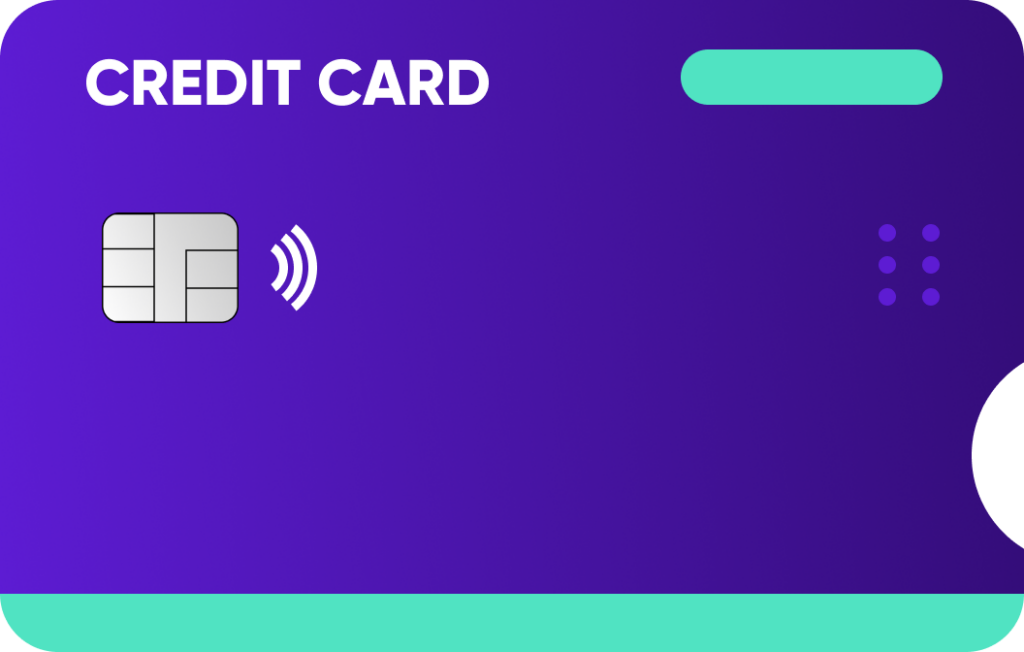Smart Money Habits

Why Saving Part of Your Salary Matters
Saving money isn’t just about putting cash aside. It’s about giving yourself financial freedom and security.
- The Power of Compounding: When you save, your money earns interest. Compounding is when you start earning interest on your interest. A small amount saved consistently over time can grow into a surprisingly large sum.
- Beating Inflation: In the UK, the cost of living (inflation) is always rising. Money sitting in your current account is actually losing its purchasing power over time. Saving your money in an account that pays interest is the first step to protecting its value.
- Creating a Buffer: A savings pot acts as a crucial buffer against unexpected life events, like a car repair or a boiler breakdown. It’s what stands between you and high-interest debt.
To start saving effectively, you need to know where your money is going. The Updraft app provides tools for tracking your income, monitoring your spending, and seeing exactly where your savings can come from.
Try our Pay Off Calculator & see what you could save




Credit Card Balance
Credit Card APR (%)
How much do you pay monthly?
24.6% APR Representative based on a £10,000 loan over 60 months at 19.9% fixed interest p.a. Monthly repayment: £277.60. Total repayable: £16,656 (inc. £500 fee). Subject to status and affordability. Consolidating debt may increase the term and total amount repaid.

Step-by-Step Guide to Saving Your Salary
Want to know how to save salary in the UK? Start with these four foundational steps.
Pay Yourself First
This is the single most effective rule for saving money. Most people try to save what’s left over at the end of the month. The “Pay Yourself First” method flips this entirely: You spend what’s left over after you save.
How to do it: The moment your salary hits your bank account, automatically transfer a set portion of it into a separate savings account.
How much? A common goal is to save 10-20% of your take-home pay. But if that’s too much, start small. Even 5% is a brilliant start. The key is to build the habit.
Create a Realistic Budget
A budget isn’t a financial straitjacket; it’s a simple plan for your money. It gives every pound a job.
How to do it: A popular and simple method is the 50/30/20 rule:
- 50% for Needs: This covers essentials like rent/mortgage, utility bills, groceries, and transport.
- 30% for Wants: This is your discretionary spending for example, dining out, subscriptions, hobbies, and entertainment.
- 20% for Savings: This portion goes directly to your savings goals and paying off debt.
How Updraft helps: The Updraft app helps you monitor your spending in real-time. By categorising your transactions, it can instantly show you if you’re overspending on “Wants” and highlight new opportunities to save.
Use Separate Accounts
“Out of sight, out of mind” is a powerful psychological trick for savers.
Keep your savings completely separate from your day-to-day current account. This makes you less tempted to dip into it for impulse purchases.
- Easy-Access Savings Account: Perfect for your emergency fund. You can get to the money quickly when you need it.
- ISA (Individual Savings Account): This is a “tax-free wrapper.” Any interest you earn in an ISA is generally free from Income Tax, helping your money grow faster. Please note that tax treatment depends on your individual circumstances and may be subject to change in the future.
Track and Adjust Your Spending
A budget is not a “set it and forget it” document. You need to check in regularly to see where your money is actually going.
How to do it: Look for “spending leaks.” These are the small, recurring costs that add up, like daily coffees, unused subscriptions, or takeaway lunches.
How Updraft helps: Tracking this manually is a hassle. Updraft’s tools can do it for you, identifying recurring payments and showing you exactly where you can cut back to increase the amount you save each month.











Smart Strategies to Save Salary
Once you’ve mastered the basics, you can use these smart strategies to accelerate your savings.
Automate Bills & Savings
Make your financial life as simple as possible. By automating your finances, you reduce temptation and “decision fatigue.”
- Pay Yourself First: Set up a standing order to move your 10-20% savings to your ISA or savings account on payday.
- Automate Bills: Set up Direct Debits for all your “Needs” (rent, bills, council tax).
- Spend What’s Left: The money remaining in your current account is your guilt-free spending money for the month.
Leverage Employer Benefits
Don’t leave free money on the table.
How to do it: Check your employer’s benefits portal. The most important one is your workplace pension. If your employer offers “salary sacrifice” or “employer matching” (e.g., they’ll add 5% if you add 5%), make sure you are contributing enough to get the full match. It’s essentially a 100% return on your investment. Also, look for other perks like Cycle to Work schemes or workplace savings plans.
Build an Emergency Fund
An emergency fund is your number one savings priority. This is your personal safety net.
How to do it: Your goal should be to save 3-6 months’ worth of essential living expenses. This sounds like a lot, so start small.
- Goal 1: Aim for £1,000. This is enough to cover most common emergencies.
- Goal 2: Build it up to 3 months of expenses.
- Goal 3: Top it up to 6 months.
Keep this money in an easy-access savings account so you can get to it instantly.
Frequently Asked Questions
How much of my salary should I save each month in the UK?
While the 50/30/20 budget suggests 20% is a great target, the best answer is “as much as you can comfortably afford”. If you’re just starting, aim for 5% or 10% and build the habit. If you have a specific goal (like a house deposit), you may want to save 30% or more.
Is it better to save or pay off debt first?
Most experts recommend a hybrid approach. First, save a small emergency fund (e.g., £500 – £1,000) to stop you from going into more debt if an emergency happens. Next, aggressively pay off high-interest debt (like credit cards, store cards, or overdrafts) as fast as you can , because the interest you pay on these is likely higher than any interest you could earn by saving. Once high-interest debt is clear, focus on building your full 3-6 month emergency fund and saving for long-term goals.
Where should I keep my saved money (savings account, ISA, etc.)?
It depends on your goal.
Emergency Fund: Use an easy-access savings account so you can get to it quickly.
Short-Term Goals (1-3 years): Use a high-interest easy-access account or a fixed-rate saver.
Long-Term Goals (5+ years): Consider a Stocks & Shares ISA. This gives your money the potential to grow much faster by being invested, while still being protected from tax.
Take control of your borrowing costs today
High interest can quietly drain your money — but it doesn’t have to. With the Updraft app, you can see the real rates you’re paying, cut back on unnecessary interest payments, and explore smarter ways to manage your money.
With a single payment and a clear loan term, you could clear your debt sooner. And with no settlement fees, you have the flexibility to pay it off early if you choose.
By consolidating existing borrowing, you may extend the term of your debt and increase the total amount you repay. Failure to make payments on time means you will pay additional interest and may make obtaining credit in the future more expensive and difficult.


